Vietnam National University of Agriculture (VNUA), formerly known as the University of Agriculture and Forestry, was established in 1956 and has been one of the leading institutions in Vietnam in the fields of agriculture, forestry, and fisheries. On October 12, 2025, the university celebrated its 69th anniversary. On this special occasion, we took a look back at the milestones marking the growth and development of the university over nearly seven decades.

Formative Years (1956-1975)
The University of Agriculture and Forestry was founded on October 12, 1956, under Decree No. 53/NL-QT-ND issued by the Ministry of Agriculture and Forestry. Initially, it had three faculties, including Crop Science, Animal Husbandry–Veterinary Medicine, and Forestry, with four majors, 467 students, and 27 lecturers. In 1958, the Institute of Crop Research, the Institute of Animal Husbandry Research, the Wood Research Office, and the Silviculture Research Office were merged to establish the Academy of Agriculture and Forestry. In 1963, the Academy was divided into the University of Agriculture and the Institute of Agricultural Sciences, while the Faculty of Forestry became the University of Forestry. In 1966, the Faculty of Fisheries was separated to form the University of Fisheries. A year later, in 1967, the institution was renamed University of Agriculture No. I, contributing staff and expertise to establish University of Agriculture No. II. In 1970, it continued to share resources to help form University of Agriculture No. III (Bac Thai). During the years of American air raids in northern Vietnam, the University relocated its training activities to safe areas while maintaining its academic mission.
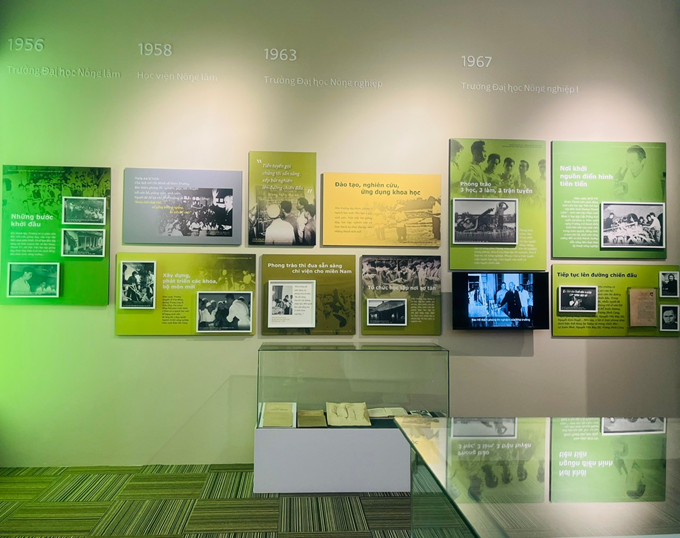
Overcoming Hardships (1975-1986)
After national reunification, the university sent over 100 lecturers and staff to support universities and colleges in southern Vietnam and the Central Highlands, while thousands of students and faculty participated in agricultural surveys and planning projects in the Mekong Delta and Central Highlands.
In 1977, the university was authorized to train doctoral researchers under Decision No. 97/TTg of the Prime Minister. Educational formats were diversified to meet the practical needs of the country, especially through applied research and technology transfer to agricultural cooperatives. During the northern border conflict in 1979, staff and students were mobilized to help construct defensive lines along the Cau River. Despite challenges, training and research activities continued to grow, with expanded collaboration with socialist countries such as the Soviet Union, Cuba, and Czechoslovakia. The university’s self-reliant and resilient spirit was recognized by the Party and the State through numerous honorary awards.
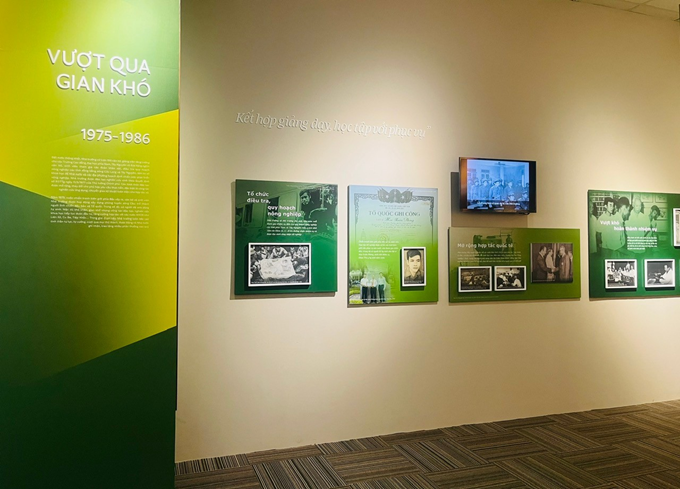
Reform and Transformation (1986-2006)
Between 1986 and 1989, due to national economic difficulties, the university faced many challenges; annual enrollment dropped to 250-300 students only, and some activities were suspended. The Party Committee and University leadership encouraged all staff to rise above adversity and innovate. The university redefined its mission, not only as a center of education and research but also as a hub for practical production and technology transfer aligned with market needs. By 1996, annual enrollment reached 1,500 students, with 21 training programs. The university promoted technology transfer, particularly integrating agroforestry models, hybrid rice production and crossbred pigs for export. International cooperation also achieved new growth milestones, with joint training and research projects enhancing the university’s capacity and global engagement. In addition, scientific research was conducted through bilateral cooperation with international universities and research institutes.
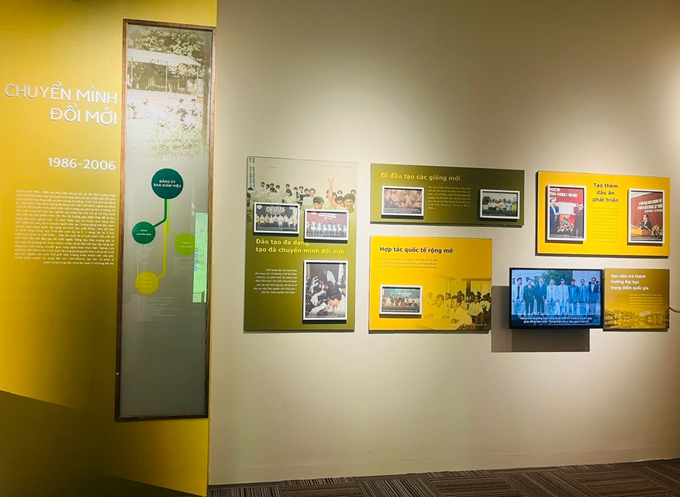
Integration and Development (2006-2015)
The university oriented its training toward societal needs, expanding faculties and programs to serve over 40,000 learners. The key milestones included: (i) The establishment of Vietnam National University of Agriculture (VNUA) on the basis of reorganizing Hanoi University of Agriculture; (ii)The transfer of governance from the Ministry of Education and Training to the Ministry of Agriculture and Rural Development; (iii) Being among the first universities in Vietnam to implement autonomous governance; (iv) Approval of the 1:500 detailed campus development plan; and (v) Strong international cooperation and academic partnerships. With the autonomy mechanism, VNUA actively pursued a development strategy modeled on advanced global universities, reforming governance structures, and mobilizing resources for integration. Its mission was reaffirmed: “To be a multidisciplinary research university of top quality in Vietnam and a leading institution in the region, making effective contributions to the industrialization and modernization of Vietnam’s agriculture and rural development”.
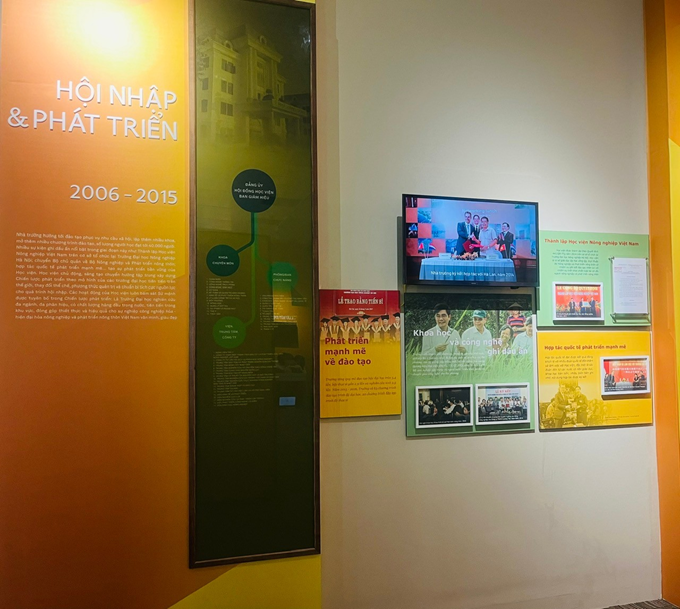
Reaching New Heights (2015-Present)
Annual enrollment consistently met targets, with around 30,000 students, graduate learners, and doctoral candidates. The university established new departments and introduced additional programs in response to societal demand. Scientific and technological activities achieved significant results, with the creation of elite, excellent, and strong research groups and the commercialization of many research products serving practical needs. VNUA welcomed visits from high-ranking national and international leaders, including the Chairman of the National Assembly of Laos and United States governors. VNUA’s President joined the delegations of the Prime Minister and the Chairman of the National Assembly, signing numerous MOUs with international partners. Major projects such as SAHEP-VNUA and KOICA were effectively implemented.
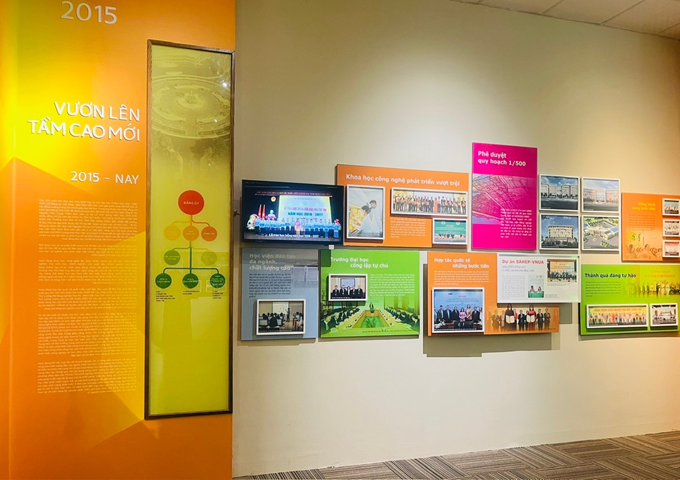
VNUA’s infrastructure expanded rapidly, with 13 new facilities constructed to meet teaching, learning, and research needs. Collaboration with enterprises and localities was strengthened, and digital transformation took place across all activities. Innovation and entrepreneurship flourished among lecturers, staff, and students. VNUA had received great attention from Party and State leaders: General Secretary Nguyen Phu Trong attended the 2018-2019 academic opening ceremony, General Secretary To Lam attended the 2024-2025 ceremony and inaugurated the new Training and Research Capacity Enhancement Project, and Prime Minister Pham Minh Chinh joined the “Innovation and Career Fair – VNUA 2022” event, etc.
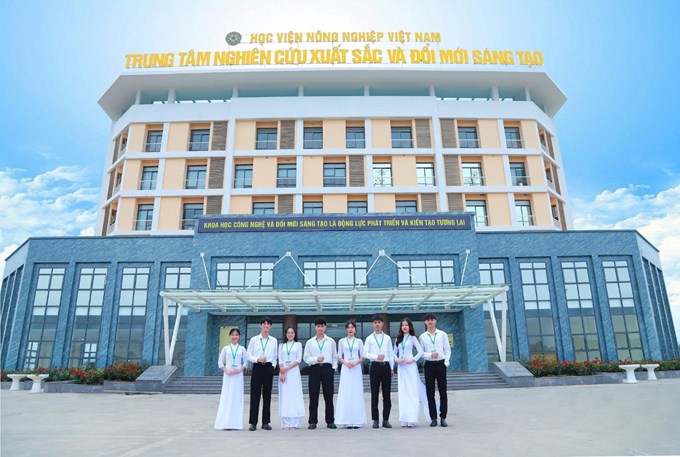
VNUA’s Center for Excellence in Research and Innovation
Accompanying the Nation in Its Era of Advancement
This year’s 69th anniversary was celebrated in a significant context—the Politburo’s Resolution No. 71 on breakthroughs in education and training, including transformative policies for higher and vocational education: “Urgently develop a strategic framework for higher education; restructure and consolidate higher education institutions; merge or dissolve substandard institutions; streamline intermediate administrative levels; strengthen state management and consider transferring certain universities to local authorities to better align training with local workforce needs.”
Resolution 71 carried profound strategic significance in promoting the breakthrough development of high-quality human resources, a key driver for national progress toward prosperity, civilization, and happiness—on par with developed nations. The Resolution affirms the vital role of higher education as a pillar of the national education system. For VNUA and the broader university system, restructuring was no longer a choice but an essential path toward innovation and excellence. Resolution 71 marked a turning point and a new opportunity for VNUA to accompany the nation in its era of transformation and growth.